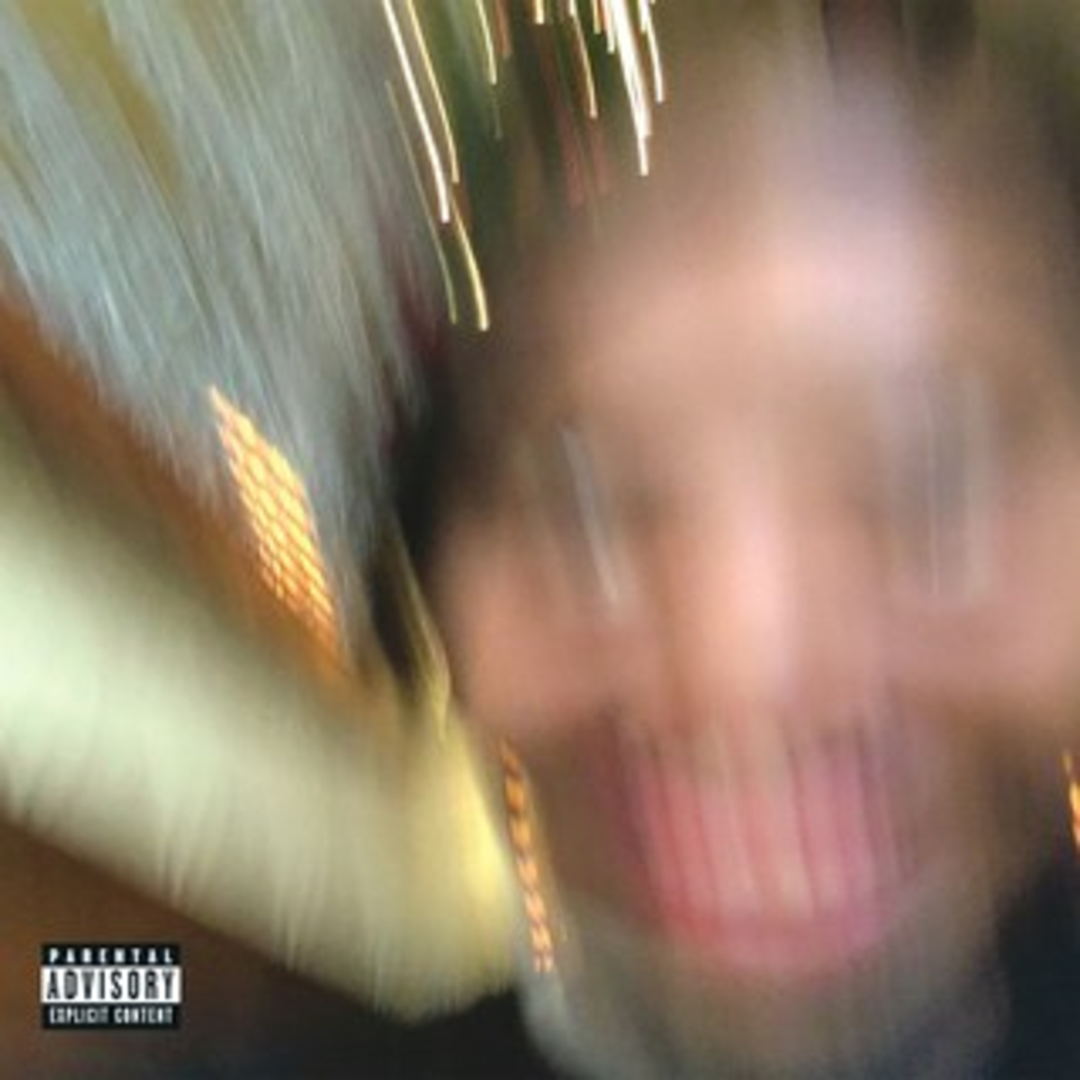Out of the three big Odd Future solo breakout acts (Tyler, The Creator, Frank Ocean, and Earl Sweatshirt), Earl Sweatshirt’s music has suffered from a lack of mass-market accessibility that’s made worse by a bevy of critics having lauded his previous two releases as ahead of their peers in terms of lyricism and content. To put it simply, Earl’s at the cusp of where a popular musician begins being considered an “artist.”
Some Rap Songs sees Earl further developing the use of language that made him such a firebrand after the release of 2013’s Doris. On that record, Earl was all bravado. He was, in his own words, “Still in the business of smacking up little rappers.” If it wasn’t his narrative content that raised eyebrows, it was his command over assonance and consonance stacked on top of one another, used to deliver incredibly vivid passages.
On I Don’t Like Shit, I Don’t Go Outside, Earl managed to move towards a more self-reflective incarnation of the brash and antisocial rapping he’d built his brand on. To the dismay of many of many fans, the starkly introspective record seemed to have its back turned to them; Earl’s music no longer catered to the narrowly defined space wherein rap’s position as the de-facto cultural format for ultra-contemporary expression avoided becoming escapism. In other words, Earl’s music stopped being “fun.”
Some Rap Songs, judged with the same values in mind, is still “no fun.”
But it is.
On “Ontheway!,” one of the record’s lead singles, Earl’s delivery sizzles off a spliced guitar loop. Images juxtapose each other to the point where even though we’re sure Earl’s giving us some kind of story, it’s not clear whether its purpose is confessional or merely aesthetic. “The Mint,” which follows “Ontheway!,” immediately dispels that confusion. “The Mint” chronicles Earl’s cognitive immersion in his own somewhat self-destructive life — as much of it as we’re shown through the record — and clearly is more introspective than escapist.
Whether or not there’s “poetry” in Earl’s music depends on who’s being asked. Is Earl the next Gil Scott-Heron? Probably not, but only because his predisposition for pastiche (in production, in lyricism, in use of imagery) betrays a postmodernism that’s probably not intentional as much as it is reflexive. In other words, Earl’s thought process (as reflected in his music) is postmodernist in that the music is neither art nor confession, but a mixture of both that is at any point either one or the other.
On “Azucar,” for example, samples of his mother’s voice contextualize a more personal narrative. On “Peanut,” his narrative is so fragmented it can’t be anything other than personal; but the listener has no context with which to decode any image, leaving us grasping at meaning, despite the emotionality conveyed through the track.
Taken as a whole, Some Rap Songs is not merely some rap songs. Rather, it’s Earl’s most focused work to date, and perhaps signals a further transition in one of hip-hop’s youngest, most dynamic rappers.


